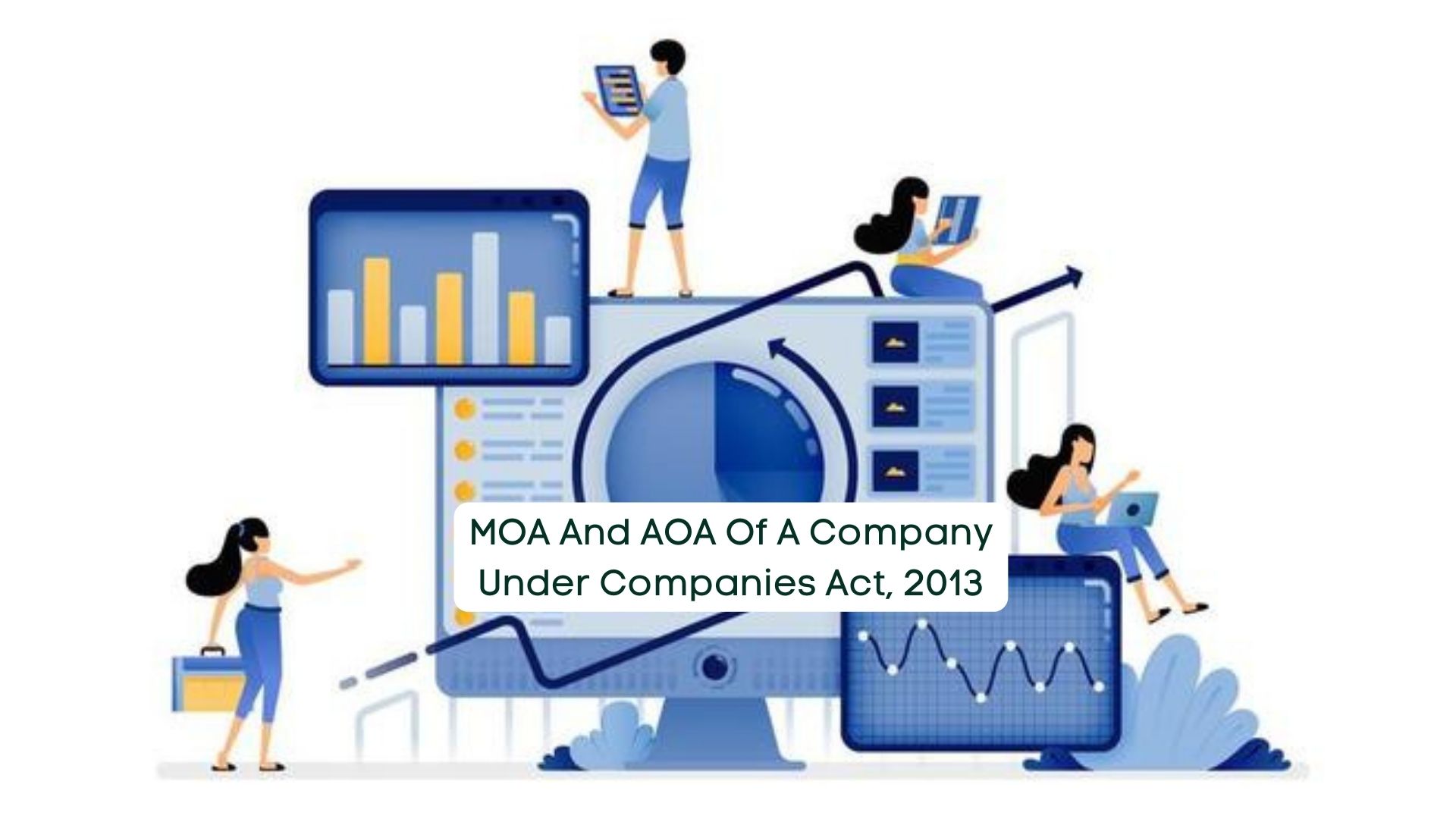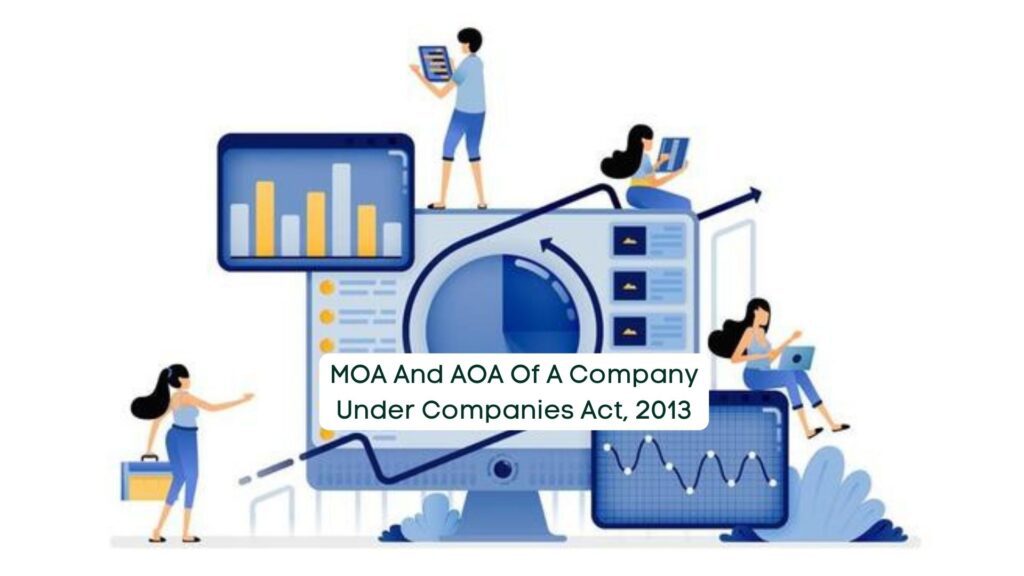
24 Feb MOA and AOA of a Company under Companies Act, 2013

Establishing a legal identity by registering a company is a crucial first step for every entrepreneur who embarks on starting a business. Companies are mandated to have legal documents that delineate the operational guidelines and restrictions. The Memorandum of Association (MOA) and Articles of Association (AOA), also known as company charters, delineate the scope of operation and internal management of a firm. Drafting these documents with precision and clarity is imperative, especially for the formation of a Private Limited Company. Let’s delve into the significance and details of articles of association and memorandums of association.
Meaning of MOA and AOA under Companies Act 2013
In the past, the Memorandum of Association (MOA) served as a comprehensive document providing essential information for business formation. Similarly, the Articles of Association (AOA) contained all the rules and regulations governing the company. Together, MOA and AOA defined the operational scope, objectives, norms, and internal administration of a corporation.
To establish a firm as a separate legal entity, whether as a Private or Public limited Company or for incorporation, filling out a Memorandum of Association (MOA) and Articles of Association (AOA) is necessary.
Memorandum of Association under Companies Act 2013
In the past, the Memorandum of Association (MOA) served as a vital document governing the company’s relationship with its shareholders. It articulated the company’s objectives, its powers, and the areas within which it could operate. According to Section 2 (56) of Companies Act, 2013, “memorandum means the memorandum of association of a company as originally framed or as altered from time to time in pursuance of any previous company law or of this Act”.
Various contents of the Memorandum of Association (MOA)
The Memorandum of Association (MOA) consisted of six clauses, briefly outlined below:
- Name Clause: This clause contained the company's official name, ensuring it was distinct and legally approved.
- Situation Clause: It specified the state where the company's Registered Office was located, as mandated by Section 12 of the Act.
- Object Clause: This clause detailed the purpose for which the company was formed and any other necessary matters concerning it, bounding the company's powers.
- Liability Clause: It outlined the extent of liability for each member of the company, based on the type of company.
- Capital Clause: This section specified the registered capital and the nominal value of shares.
- Subscription Clause: Subscribers agreed to take a specified number of shares against their names.
Article of Association under Companies Act
The Articles of Association served as a supplementary document defining the internal workings, rights, responsibilities, and management of the organization. It contained the company’s bylaws and other regulations, governed by the Memorandum of Association. Each corporation was required to have its own Articles of Association, subject to the entrenchment provision according to Section 5 of the Companies Act of 2013.
Conclusion
In the past, the Memorandum and Articles of Association played critical roles in facilitating business operations and ensuring transparency and efficiency. Clearly defined functions and regulations streamlined business processes, making these documents indispensable for One Person Company (OPC), private limited companies, or public limited companies.


No Comments